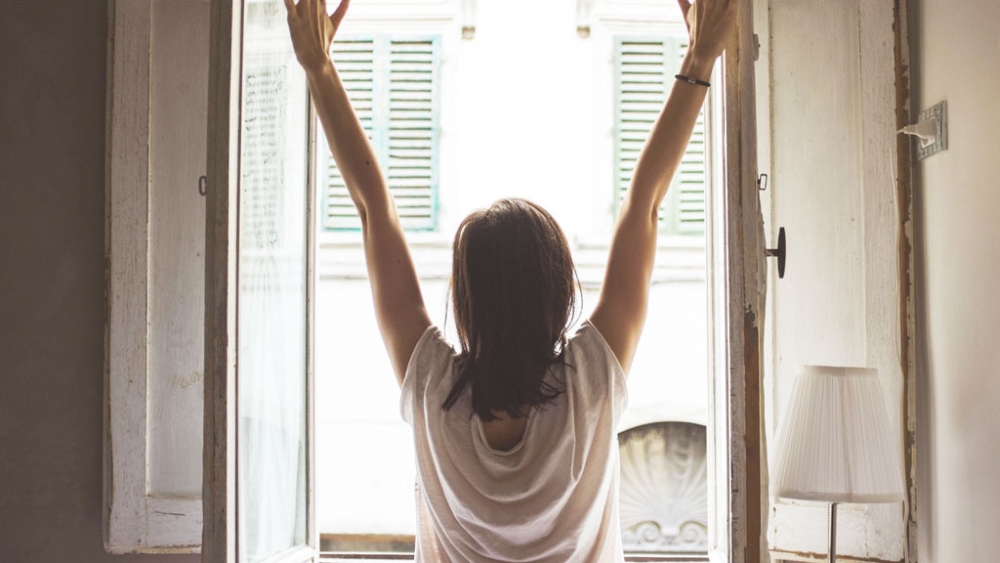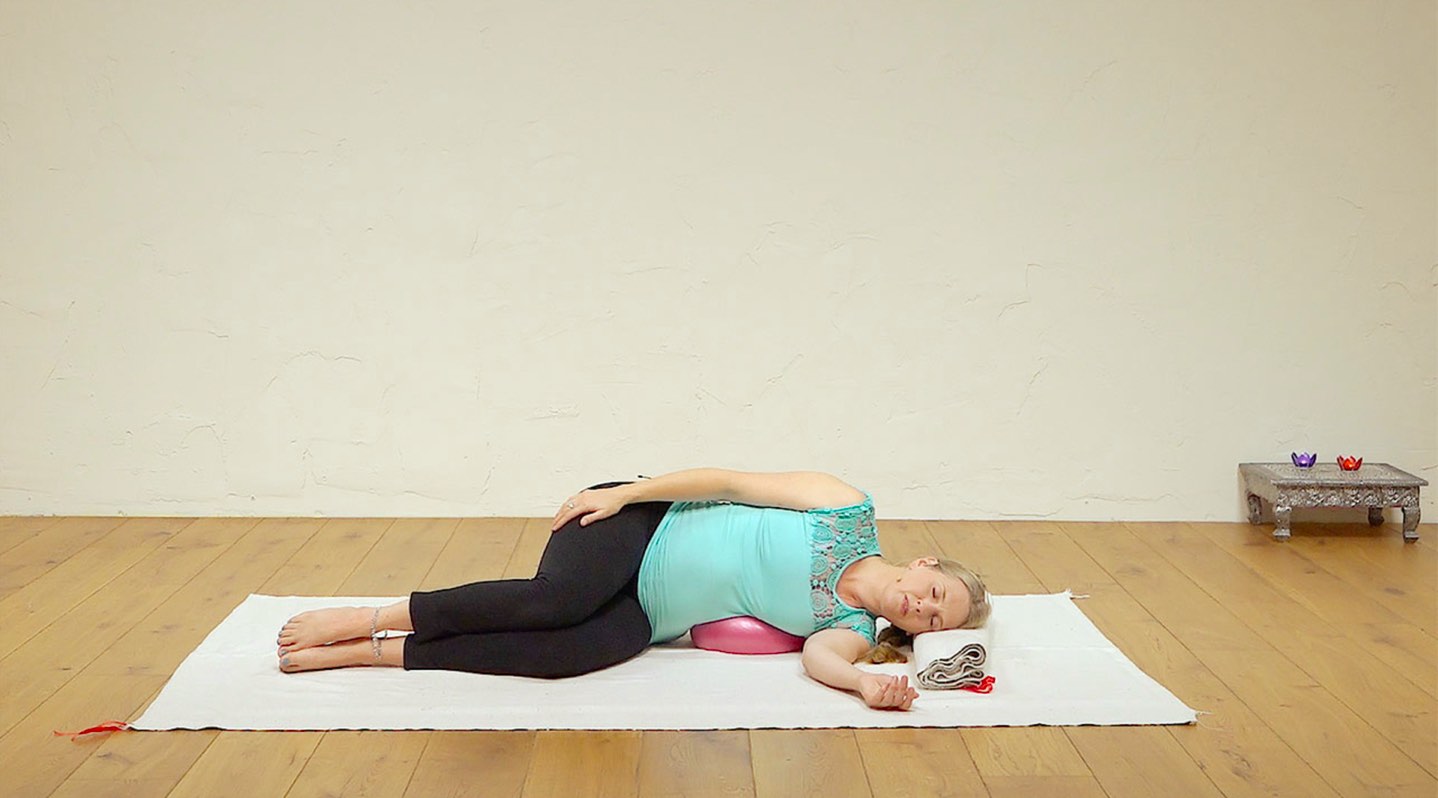One of the things that gives me most joy as a yoga teacher is asking a group of students to simply stand and connect with their breath…
No matter what kind of a day they’ve had, a moment of magic happens when they feel the support of the ground under them and their breath moving through them. Something radically shifts in that moment; the tone and focus of the entire room changes in an instant.
The ‘right’ way to breathe…?
Breathing is powerful and volumes have been written on how to breathe. Rather than championing a particular school of thought, can we step back and look at the process of ‘correct’ breathing through a different lens? We are always breathing from the moment we are born until the moment we die. Yet, like waves on the shore, footprints or snowflakes, each breath is unique.
We are always breathing from the moment we are born until the moment we die. Yet, like waves on the shore, footprints or snowflakes, each breath is unique.
Although there is no right or wrong way to breathe, breathing can be more or less efficient. Efficient breathing happens when the respiratory process meets the needs of the activity we are engaged in and delivers sufficient oxygen to all the tissues.
In the yoga tradition, paying attention to our breath is a fundamental way of connecting to ourselves because the breath is the invisible bridge between the body and the mind. In other words, the body-mind seeks homeostasis through our breath as well as all our other systems. Therefore our breath automatically seeks pathways that are self-regulating, self-correcting, rejuvenating, regenerating, and healing. In this way, we are rebalancing with every breath we take.
Practise: Better breathing with Lisa Petersen
Learn some simple techniques to release your thoracic diaphragm, ribcage and spine.
The first breath
Before birth a baby relies on its mother’s blood for oxygen (via the placenta) and its own lungs are filled with amniotic fluid. Once the umbilical chord is cut, carbon dioxide quickly builds up in the bloodstream. This signals the brain to activate the muscles of the diaphragm and the rib-cage to pull downwards, which in turn allows the lungs room to fill out like balloons. That first breath sets up a strong pattern. It is the most forceful inhalation we will ever make.
It causes blood to surge into the lungs and the right and left sides of the heart to separate into two pumps and the specialised vessels of foetal circulation to shut down and seal off. The first breath has to overcome the surface tension of the previously collapsed and amniotic fluid filled lung. It is a primal act of survival in a baby’s brave new world. Watch a baby breathe. Every single part of their body participates in the act of respiration. They let themselves be breathed, rather than consciously breathing. Yet, somehow by the time most of us are adults, we have a distorted breathing process.
Watch a baby breathe. Every single part of their body participates in the act of respiration. They let themselves be breathed, rather than consciously breathing. Yet, somehow by the time most of us are adults, we have a distorted breathing process.
Watch how many times a day you hold or restrict your breath in some way. I do it when I’m waiting for the traffic-lights to go green. I also do it when my mobile phone rings somewhere in the depths of my bag, not to mention when the kids scream, the boss isn’t happy, or any number of unexpected things happen. Watch yourself. You might be surprised how often you impede the primary source of life moving through you.
As we feel, so we breathe
How we breathe is related to how we feel. We talk about needing ‘a breath of fresh air’ and ‘room to breathe’ because someone is ‘breathing down our neck’. Similarly, we ‘take a breather’ or ‘breathe a sigh of relief’. Working with the breath is like peeling an onion. As each layer comes off there are changes, transitions, shifts, emotional changes and sometimes tears. So, how do we get back to that joyful, spontaneous, easy, free breathing of younger years? The easiest way is to go back to what breath expert Donna Farhi calls ‘essential breath’. She defines it as ‘a conscious flow that arises out of the depth of our being and dissolves effortlessly back into our core. It arises from a background that is still and silent and dissolves back into the same stillness’.
This may seem too esoteric for the weekend warrior. However, from a practical perspective there are several characteristics which typify essential breath. These characteristics act as a useful map when we are examining our own or our students’ breath patterns. I have adapted Donna’s list and added a few of my own.
Characteristics of Essential Breath
Breath Qualities
• Oscillatory
• Adaptable and Flexible
• Spontaneous
• Multi-directional/Radiating
• Pauses Present
• Exhale longer
• Diaphragmatic
• Internal Origination
• Calm and Regular
• Deep and Full
• Effortless
Harnessing the power of the breath
Simply imagining these qualities or holding them as a clear intention can be enough to shift many of our breath patterns. Cultivating comfort and a sense of deep relaxation in the breath offers a fundamental basis for letting go, trusting and being present. Learning to anchor in the breath can give us one of the most powerful tools for recognising that we have a choice how to respond, and that we can adapt to any situation. In this way, breathing lies at the core of every action and reaction, and so by returning to it we go to the core of the stress response.
Our bodies are not static containers, but growing, living, changing expressions of our experiences and our lives. Learning about breathing is the easiest and most accessible way of accessing, creating, and sustaining vital energy and a relaxed way of living. When we harness the power of the breath, we empower ourselves in ways we didn’t think possible to support, nurture and nourish ourselves throughout life. So, take a deep breath and go explore!


